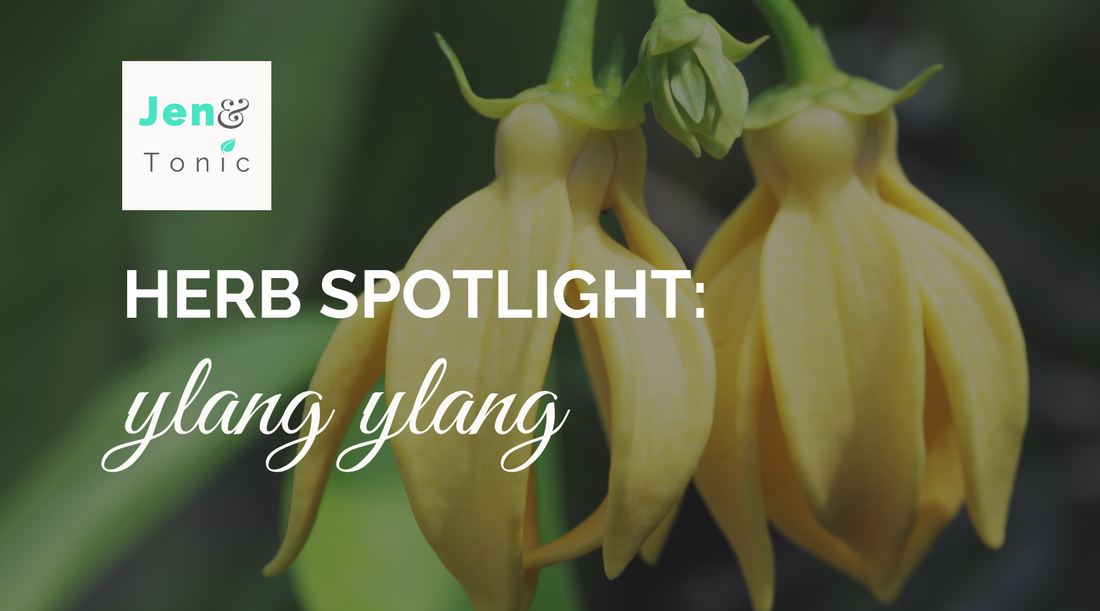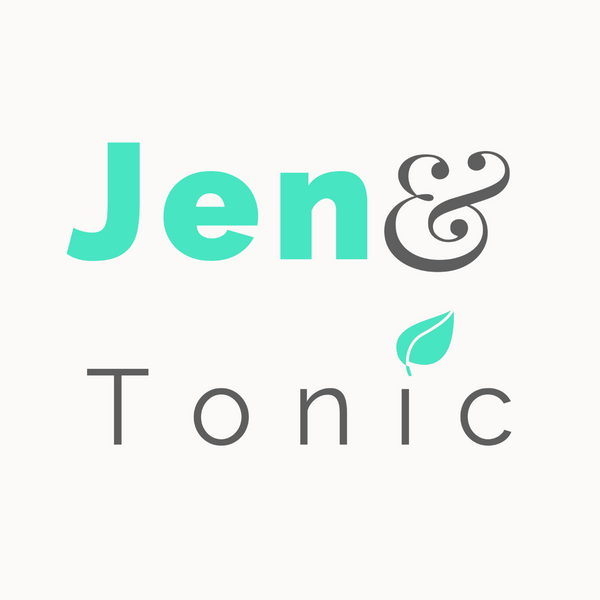
Herb Spotlight: Ylang ylang properties, uses, and lore
Ylang ylang is prized among people with noses as the queen of perfumes. Its heady, floral scent is one of the most common ingredients in perfumes and scents.
Ylang ylang is a member of the custard apple family and native to Maritime Southeast Asia and Oceania. It is valued for its use as an aphrodisiac, with flowers being strewn across the marital bed of many Indonesian newlyweds. It is also prominently featured in such perfumes as Chanel No. 5.
Interestingly, the fruit of the ylang ylang tree is generally considered safe to eat, although it is not consumed by humans but instead by birds.
Ylang ylang essential oil may cause sensitization in skin, so always be sure to dilute it thoroughly and never apply it directly to skin.
Ylang ylang essential oil is usually steam distilled from the leaves of the flowers into 3 grades. The first distilling, also referred to as No. 1, is the highest quality and most expensive. My supplier only makes the second distilling in organic essential oil. And the third distilling still smells really appealing and is much more affordable to obtain.
